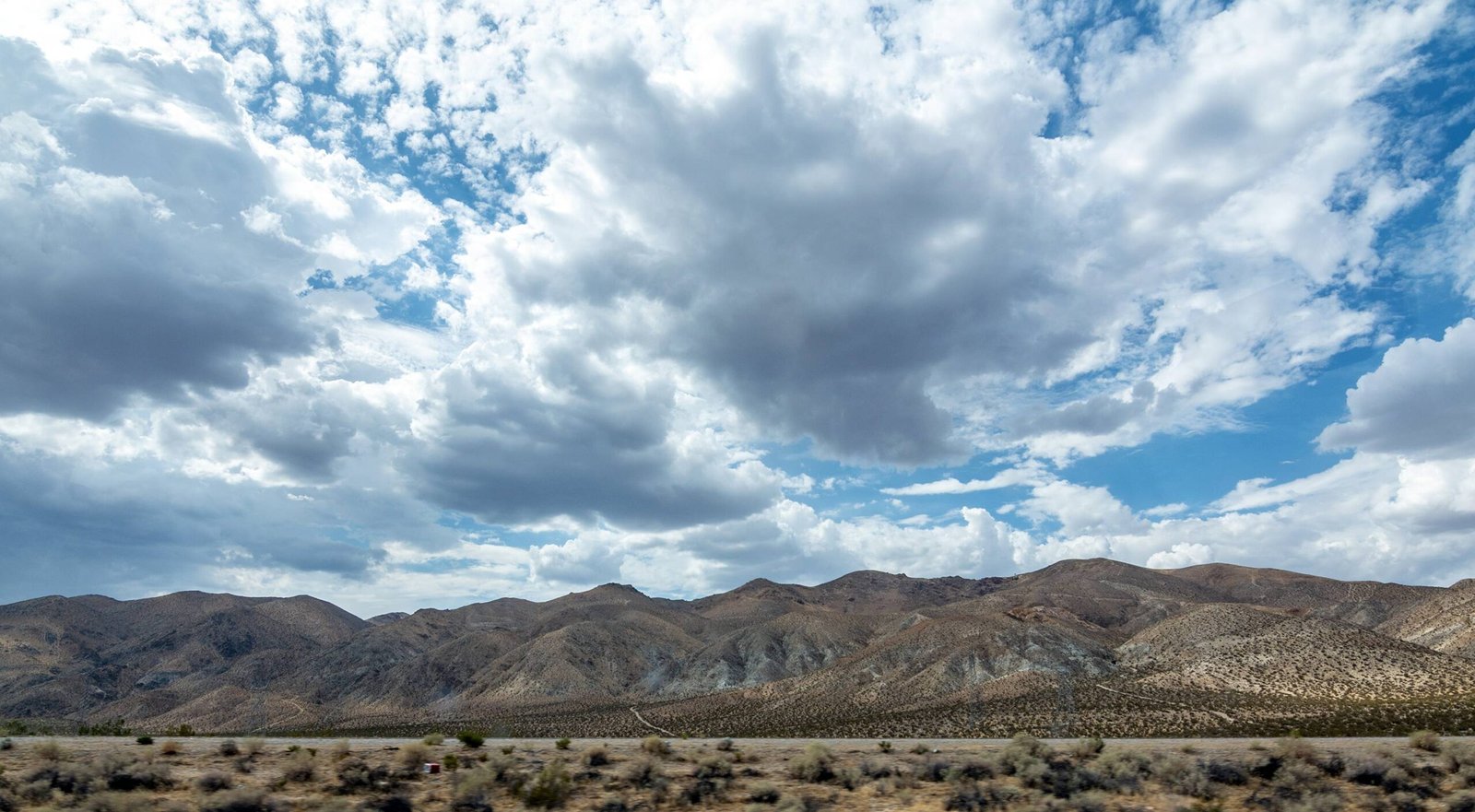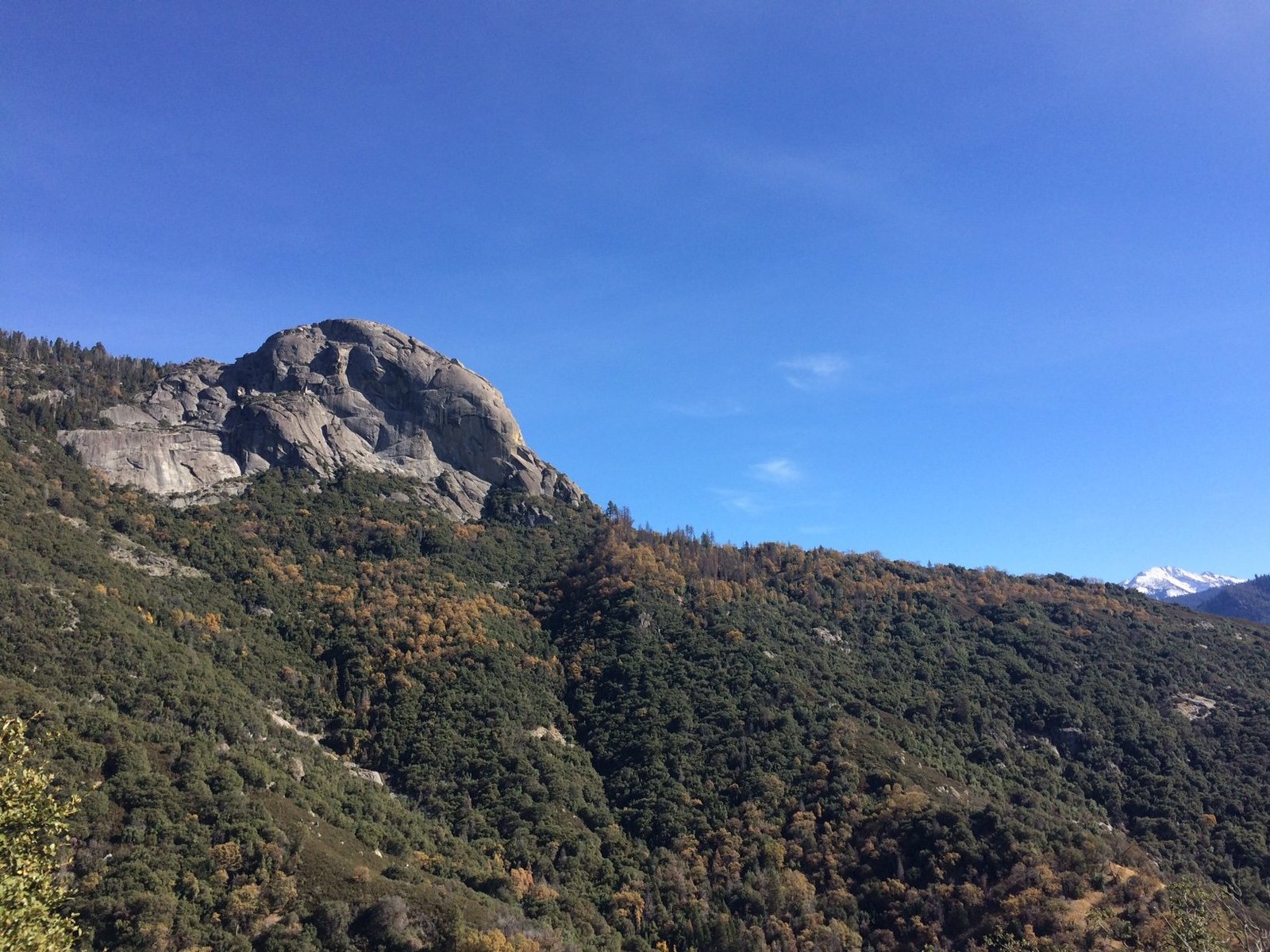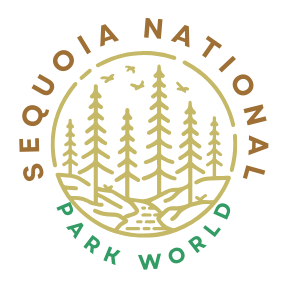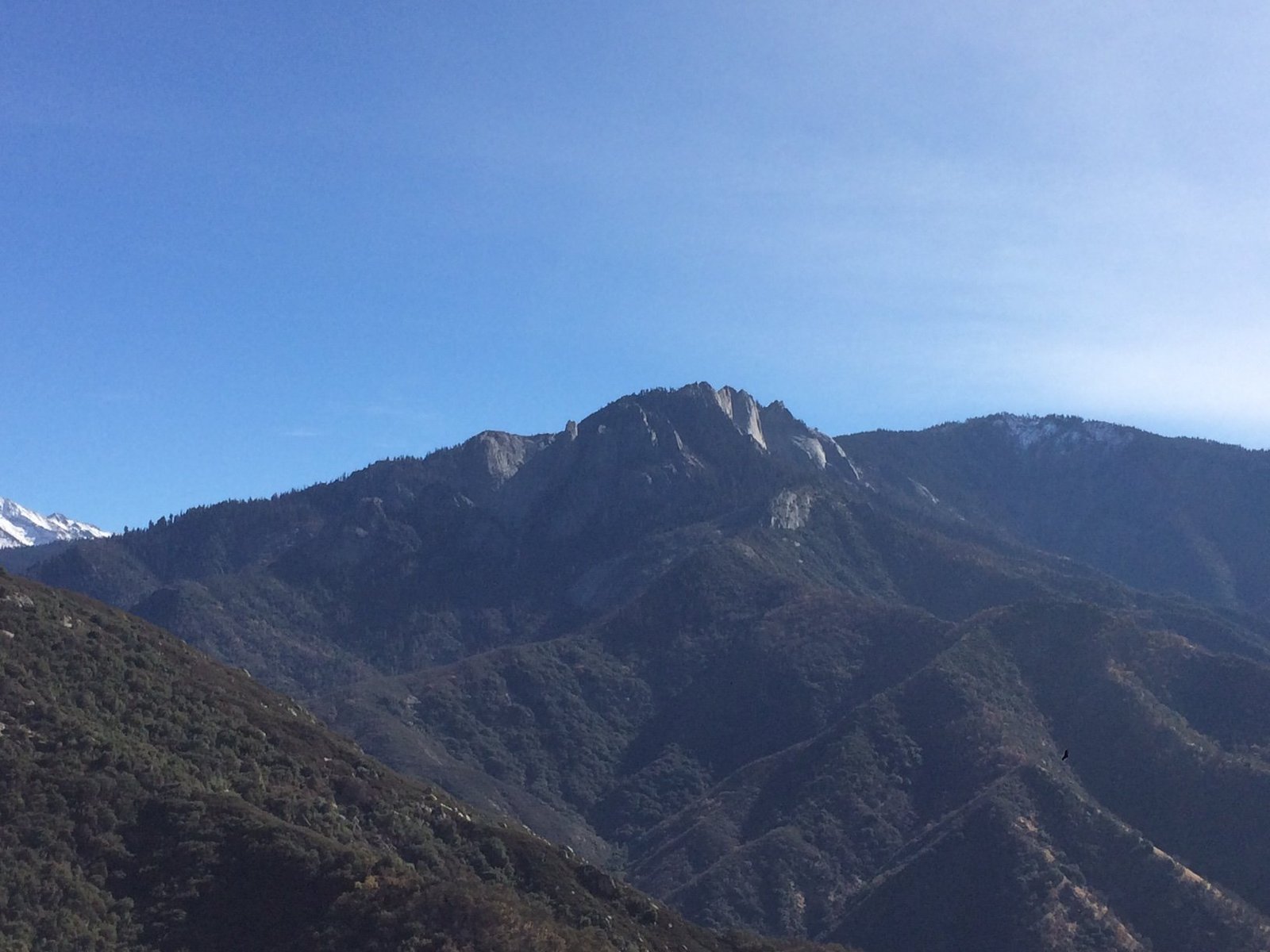Sequoia National Park transforms into a breathtaking winter wonderland with its majestic snow caps. The park’s iconic giant sequoias, towering granite cliffs, and pristine wilderness are blanketed in snow, creating a serene and awe-inspiring landscape. Visitors can experience a range of winter activities, from snowshoeing through silent forests to marveling at snow-capped peaks. However, winter conditions also bring unique challenges and safety considerations for those exploring the park’s snowy terrain.
What Are the Current Snow Conditions at Sequoia National Park?

As of the latest updates, Sequoia National Park is experiencing significant winter conditions with substantial snowfall. The park’s trails and areas are under snow, with many expecting winter conditions to persist. While specific snow depth data is not provided in recent updates, it’s clear that snow is a major factor in the park’s current state.
For visitors planning a trip to see the snow caps at Sequoia National Park, here’s what you need to know:
- Trails and areas throughout the park are covered in snow
- Winter conditions are prevalent, affecting accessibility and safety
- Many roads and trails have limited access or are closed due to snow and winter damage
- Highway 180 into the park is closed for the season
- Mineral King Road is closed to vehicles for the winter
To get the most up-to-date information on snowpack data, it’s recommended to check the California Department of Water Resources snow survey website.
Where Are the Best Places to View Snow Caps at Sequoia National Park?

Sequoia National Park offers several stunning locations to view its snow-capped landscapes. Here are some of the best areas to experience the winter beauty:
- Giant Forest
- Known for its massive sequoias
- Currently under snow and winter conditions
-
Parking facilities available, but winter driving conditions apply
-
Moro Rock
- Offers panoramic views of snow-capped peaks
- Expect snow and winter conditions
-
Caution required due to slippery roads and paths
-
Grant Grove
- Another area with significant snowfall
- Home to the General Grant Tree, the second-largest tree on Earth
-
Grant Grove Market and Gift Shop remain open for visitor amenities
-
Tokopah Falls
- A scenic winter hike with views of snow-covered cliffs
-
Trail may be challenging due to snow and ice
-
Wolverton
- Popular area for winter recreation
- Offers opportunities for snowshoeing and cross-country skiing
When visiting these areas, always check current conditions and be prepared for winter weather and potentially hazardous road conditions.
What Winter Activities Can You Enjoy Among the Snow Caps at Sequoia National Park?
Sequoia National Park offers a variety of winter activities for visitors to enjoy the snow-capped landscape:
- Cross-country skiing
- Snowshoeing
- Winter hiking
- Snow play (in designated areas)
- Wildlife viewing
- Photography
While specific information on guided tours for snow cap viewing is limited, visitors can engage in these activities independently. It’s important to note that equipment rentals may not be available within the park, so visitors should plan to bring their own gear or rent from nearby towns.
What Safety Precautions Should You Take When Visiting Snow Caps at Sequoia National Park?
Visiting Sequoia National Park during winter requires careful preparation and awareness of potential hazards. Here are essential safety precautions to consider:
- Road Safety
- Use tire chains or cables on park roads
- Drive slowly and cautiously on slippery roads
-
Be prepared for reduced visibility due to snow or fog
-
Trail Safety
- Stick to marked trails and avoid venturing off-path
- Be aware of ice and snow-covered obstacles
-
Use appropriate footwear with good traction
-
Weather Preparedness
- Check weather forecasts before your visit
- Dress in layers to adapt to changing temperatures
-
Bring extra warm clothing, food, and water
-
Avalanche Awareness
- Be aware of avalanche risks in steep areas
-
Check avalanche forecasts and avoid high-risk zones
-
River Safety
-
Stay away from rivers and streams, which can be extremely dangerous due to icy conditions and swift currents from melting snow
-
Communication
- Carry a fully charged cell phone, but be aware that service may be limited
- Inform someone of your plans and expected return time
How Does Climate Change Affect Snow Caps at Sequoia National Park?
Climate change is having a significant impact on the snow caps at Sequoia National Park:
- Reduced Snowpack
- Warmer temperatures lead to less snowfall and earlier spring melts
-
This affects the park’s ecosystems and water resources
-
Shifting Ecosystems
- Changes in snow patterns affect plant and animal habitats
-
Some species may need to migrate to higher elevations
-
Increased Fire Risk
- Less snow and drier conditions increase the risk of wildfires
-
This threatens the park’s iconic sequoia trees
-
Water Scarcity
- Reduced snowpack leads to less water availability in summer months
-
This impacts both wildlife and human water needs in the region
-
Glacier Retreat
- While Sequoia National Park doesn’t have large glaciers, nearby areas are experiencing glacier retreat
- This affects regional water systems and landscapes
Researchers and park managers are closely monitoring these changes to develop strategies for conservation and adaptation.
What Are the Best Times to Visit Snow Caps at Sequoia National Park?
The best times to visit snow caps at Sequoia National Park depend on your preferences and the experiences you’re seeking:
| Season | Pros | Cons |
|---|---|---|
| Early Winter (Nov-Dec) | – Fresh snowfall – Fewer crowds |
– Unpredictable weather – Some facilities may be closed |
| Mid-Winter (Jan-Feb) | – Peak snow conditions – Winter activities in full swing |
– Coldest temperatures – Potential for road closures |
| Late Winter (Mar-Apr) | – Milder temperatures – Longer daylight hours |
– Snow may be melting – Muddy conditions possible |
For the best snow cap viewing experience, consider:
- Weekdays tend to be less crowded than weekends
- Early morning or late afternoon light can enhance the beauty of snow-capped landscapes
- Check park updates for special winter events or ranger-led programs
Remember that winter conditions can be unpredictable, so always check current park conditions before your visit.
How Can You Prepare for a Winter Visit to See Snow Caps at Sequoia National Park?
Proper preparation is key to enjoying the snow caps at Sequoia National Park safely and comfortably. Here’s a checklist to help you prepare:
- Clothing and Gear
- Waterproof and insulated boots
- Warm, layered clothing (base layer, insulating layer, outer shell)
- Warm hat, gloves, and extra socks
- Sunglasses and sunscreen (snow reflection can be intense)
-
Backpack with essentials (water, snacks, first-aid kit)
-
Vehicle Preparation
- Snow tires or chains
- Full tank of gas
-
Emergency kit (blankets, flashlight, shovel)
-
Accommodation
- Book lodging in advance, as options may be limited
-
Consider staying in nearby towns if park lodging is full
-
Park Information
- Download park maps and trail guides
- Check current conditions and closures before departure
-
Obtain necessary permits for activities or overnight stays
-
Photography Equipment
- Protect cameras from moisture and cold
-
Bring extra batteries (cold weather drains them faster)
-
Food and Water
- Pack plenty of high-energy snacks
- Bring insulated water bottles to prevent freezing
By following these preparation tips, you’ll be well-equipped to enjoy the stunning snow caps at Sequoia National Park while staying safe and comfortable.
References:
1. Trail Conditions – Sequoia & Kings Canyon National Parks
2. Current Conditions – Sequoia & Kings Canyon National Parks
3. Service Updates – Sequoia & Kings Canyon National Parks

